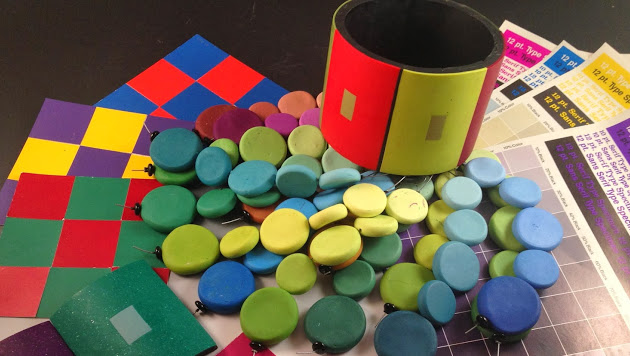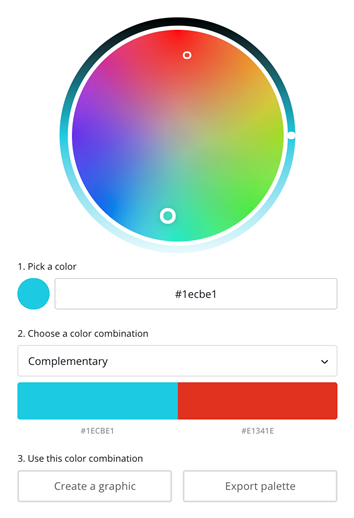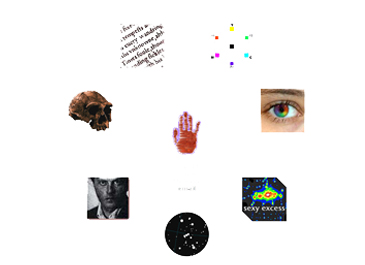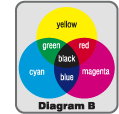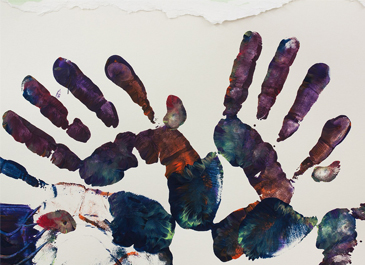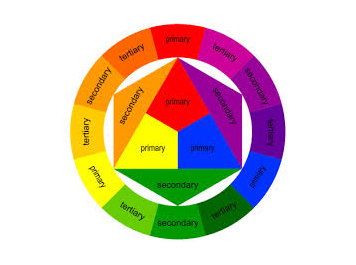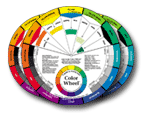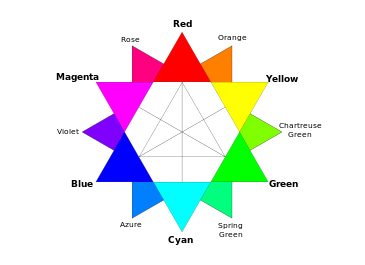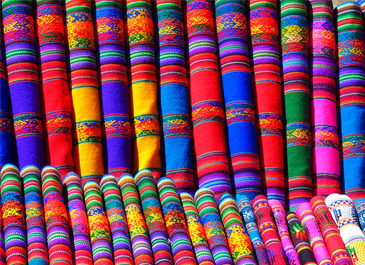Color Theory
Color Explorers
Join Maggie Maggio: Teaching & Exploring 21st Century Color!
Online Color Wheel: Great for Web Design
You can get a grasp of the color wheel and make color combinations easy by using Canva.com’s online color wheel and color combinations tool. CLICK the graphic above to use the tool now, or get more graphic editing done by visiting Canva.com

June 2021 Color Impact Conference
Please share this conference announcement with your friends and colleagues who are interested in color – especially color in architecture. Color Impact 2021 includes three days of virtual presentations by featured speakers plus three short courses starting June 12th. Sliding scale registration fee from $250 – $50 USD. Recordings will be available to registrants until the end 2021.
Understanding Color Theory
Excellent article by Killian at Design Wizard on color theory and using the color wheel to create color harmony. Great introduction to this important topic. Enjoy!
www.handprint.com (Bruce MacEvoy, copyright 2008)
Incredible, in-depth, and very scientific evaluation of color theory, with numerous links. Be sure to click on each image on the homepage.
Why Primary (CMY) Color?
Knowing your primary colors is the first step to achieving proper color mixing.
Color Theory (from qrcodesinmarketing.net)
Color affects the way we feel, how we behave, and the way in which we react to certain circumstances. Color theory is an exciting science that perpetually changes.

The Color Wheel and Color Relationships
A color wheel is a collection of colors that are arranged in accordance with their chromatic relationship. The color wheel is also called a color circle, and consists of primary, secondary and tertiary colors.
How Color is Measured (.pdf)
Visual color perception is influenced by different color sensitivities
from person to person (mood, age, etc.), varying environments,
such as lightness and color, can make it difficult to communicate
and document color and color differences.
from person to person (mood, age, etc.), varying environments,
such as lightness and color, can make it difficult to communicate
and document color and color differences.
Itten's Color Wheel
Swiss painter and teacher Johannes Itten was a pivotal member of the Bauhaus, Germany’s most influential art and design school. From 1919 to 1923, Itten was the main painter at the institution and taught a required introductory course that focused on form and color. The theories developed and taught in this class are still practiced by artists today and are very useful for beginning artists as they learn to create rich, realistic, and dynamic colors.
Worqx Color Theory by Janet Lynn Ford
If you are involved in the creation or design of visual documents, an understanding of color will help when incorporating it into your own designs. Choices regarding color often seem rather mystical, as many seem to base decisions on nothing other than “it looks right.” Although often told I had an eye for color, the reason why some colors worked together while others did not always intrigued me and I found the study of color theory fascinating.
Working with Color
Using color on the web becomes a little more complex than using color for normal artwork.
Color Wheel (Wikipedia)
Learn more about the science and history of the color wheel by checking out this Wikipedia page!
Weavers Know Your Color Wheel (.pdf)
The color wheel can assist you in assembling the perfect colors for one incredible weaving project!
Harmonious Color Schemes; A No-nonsense Approach Using the Color Wheel
Learn to use The Color Wheel as a tool to help achieve color harmony in your paintings and discover how it serves to simplify color mixing.

